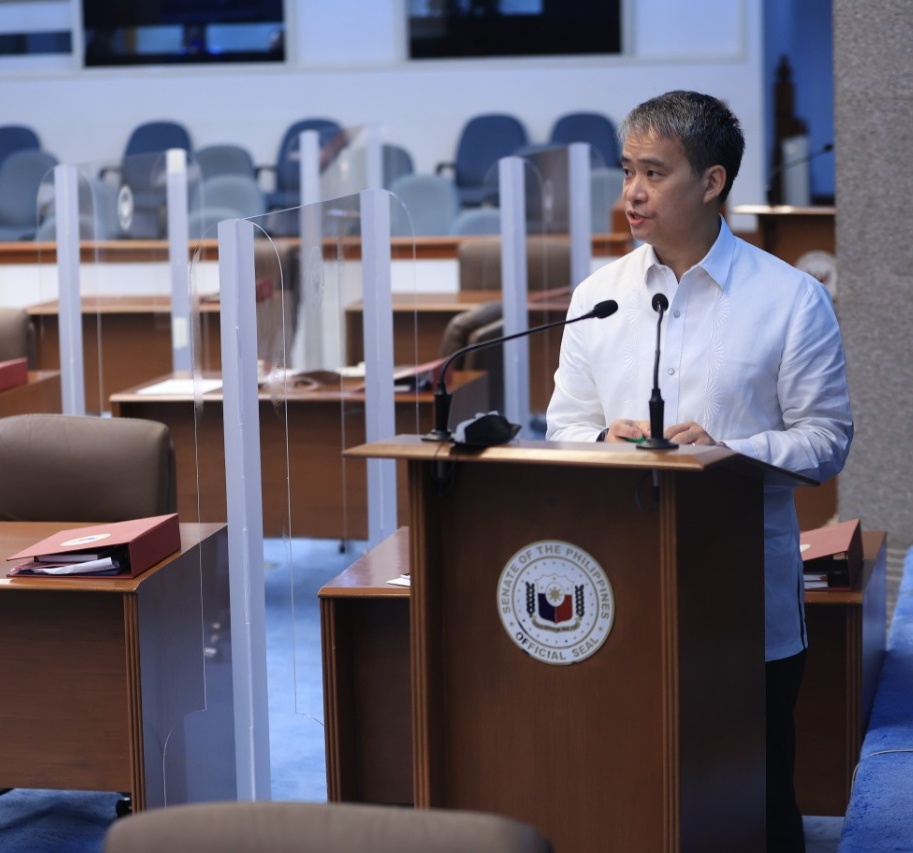
Villanueva: DOH has over 14,000 unfilled plantilla positions, but still seeking P3.8-B for hiring of temporary healthcare workers
Senator Joel Villanueva today raised what appears to be conflicting numbers in the Department of Health’s (DOH) hiring program, saying that while the DOH was asking for P3.8 billion in funds to hire additional personnel under its emergency hiring program, there still remained over than 14,000 unfilled positions in the department.
Villanueva asked DOH representatives at the budget hearing to provide an update on a recommendation he made through the Senate blue ribbon committee for contracts of frontline healthcare workers to be extended by at least one year.
He asked the DOH if there was any effort, in coordination with the Civil Service Commission (CSC), to hire regular workers instead of contractual.
“We cannot determine if we are nearing the end of the pandemic,” Villanueva said during the hearing.
This, he said, makes it important for the DOH to adopt a system of hiring that would fulfill the needs of pandemic response.

“There will be a lot of factors that will determine the risks involved in a risk-based classification of grant of COVID-19 benefits. It would be difficult to ascertain this because this may vary depending on whether a surge may occur in a particular area."
If contractual employees were hired again, Villanueva said they should also be qualified to receive special risk allowances (SRA), hazard duty pay and other allowances being given to health care workers with regular tenure.
He also asked the DOH to give an update on whether SRA and other allowances that are due health care workers have already been given.
Villanueva said at the last hearing on the DOH budget, it was mentioned that the department already requested for funds from the Department of Budget and Management (DBM) for the SRA of at least 85,000 health care workers.
He said the release of SRA and other benefits for those at the frontline of the fight against COVID should be uniform for all health workers.
“There will be a lot of factors that will determine the risks involved in a risk-based classification of grant of COVID-19 benefits,” Villanueva said. “It would be difficult to ascertain this because this may vary depending on whether a surge may occur in a particular area,” he said.
